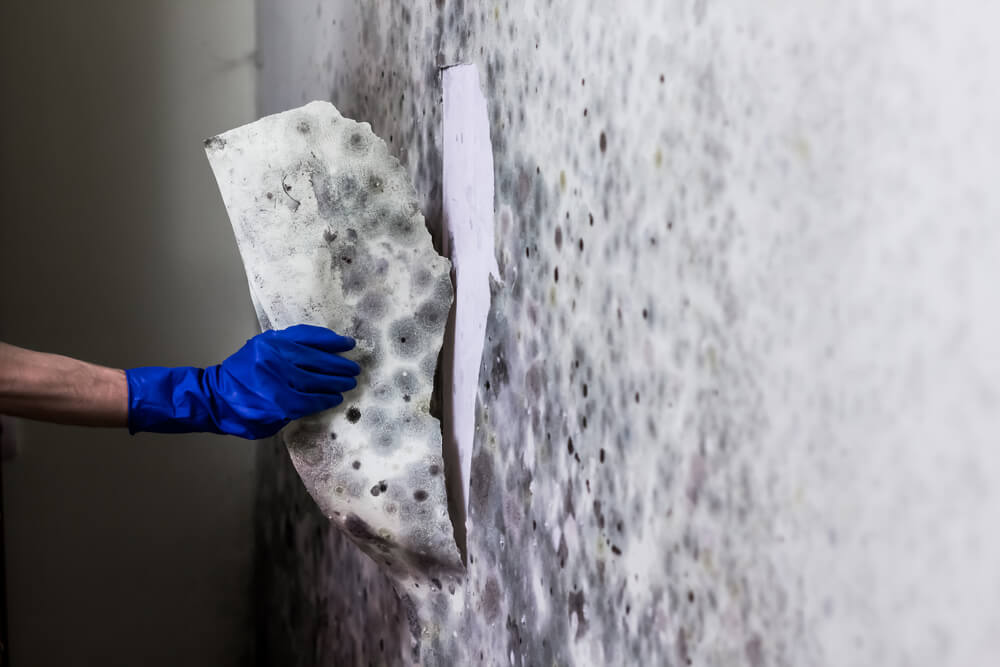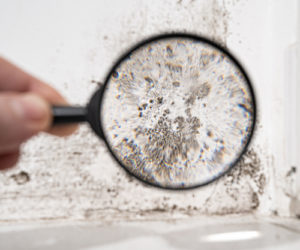Crafting a Detailed Post Mold Remediation Report
Crafting a Detailed Post Mold Remediation Report
Blog Article
Your Ultimate Overview to Post Mold And Mildew Removal Techniques
Browsing the world of post-mold removal techniques is a careful process that requires focus to information and a comprehensive understanding of the intricacies entailed. In the after-effects of mold invasion, knowing how to properly remove the mold and prevent its reoccurrence is paramount for keeping a healthy indoor setting. From choosing the right cleansing and sanitizing approaches to carrying out techniques for lasting mold prevention, each action in the removal trip plays an essential duty in ensuring an effective outcome. As we start this exploration of post-mold removal methods, we will certainly uncover the crucial approaches and finest techniques that can assist you recover your area to its pre-mold condition and secure it versus future mold hazards.
Understanding Post-Mold Remediation Process
After finishing the mold remediation process, it is essential to comprehend the post-mold remediation techniques that are necessary to make certain a complete and efficient clean-up. As soon as the mold and mildew has actually been eliminated, the next action entails cleansing and sanitizing the affected areas to avoid any kind of regrowth of mold. This consists of utilizing specialized cleaning agents to wipe down surfaces and kill any continuing to be mold and mildew spores. It is vital to dry the location completely to discourage the growth of mold in the future (After mold remediation). Appropriate ventilation and dehumidification can help in this process.
Furthermore, carrying out a last evaluation post-remediation is crucial to make certain that all mold has actually been successfully eliminated. This evaluation should include a detailed visual check in addition to potentially air tasting to confirm the absence of mold and mildew spores in the air. Added remediation might be required if the assessment discloses any type of remaining mold. Last but not least, educating passengers on safety nets such as controlling dampness degrees and immediately resolving any water leaks can help maintain a mold-free atmosphere.
Reliable Cleansing and Decontaminating Approaches

Avoiding Future Mold Growth

Relevance of Correct Air Flow
Appropriate air flow plays an essential function in preventing dampness build-up, an essential variable in mold development within interior environments. Reliable ventilation systems aid remove excess moisture from the air, minimizing the possibilities of mold and mildew spores finding the dampness they require to spread and germinate. Without appropriate air flow, interior areas can come to be a breeding place for mold and mildew, bring about prospective health and wellness risks and architectural damage.
By making sure correct air remove moldy smell from wood circulation, ventilation systems can additionally help in drying wet locations faster after water damages or flooding events, better hindering mold development. Post Mold remediation cleaning. In spaces like shower rooms, cellars, kitchens, and attics where dampness levels have a tendency to be higher, installing and preserving effective ventilation systems is vital in preventing mold problems

Tracking and Upkeep Tips
Offered the important function that appropriate air flow plays in avoiding mold and mildew growth, it is important to establish effective monitoring and maintenance suggestions to ensure the ongoing capability of air flow systems. Normal examinations of ventilation systems ought to be performed to look for any kind of signs of clogs, leakages, or malfunctions that can restrain proper air movement. Surveillance humidity degrees within the property is also essential, as high moisture can add to mold and mildew development. Mounting a hygrometer can assist track humidity levels and sharp homeowners to any spikes that may require attention. In addition, ensuring that air filters are frequently cleaned up or changed is important for maintaining the performance of the ventilation system. Executing a routine for regular upkeep tasks, such as air duct cleansing and HVAC system inspections, can assist avoid problems prior to they intensify. By remaining aggressive and mindful to the condition of ventilation systems, homeowner can successfully alleviate the risk of mold regrowth and keep a healthy and balanced interior setting.
Verdict
In conclusion, post-mold removal techniques are necessary for ensuring a clean and safe setting. Recognizing the process, carrying out reliable cleansing and sanitizing methods, preventing future mold and mildew development, maintaining correct air flow, and regular monitoring are all vital actions in the remediation procedure. By adhering to these guidelines, you can efficiently remove mold and avoid its return, functioning or promoting a healthy living room for all owners.
In the results of mold infestation, understanding exactly how to efficiently eradicate the mold and mildew and avoid its reoccurrence is critical for official website preserving a healthy indoor environment. Once the mold and mildew has been eliminated, the next action includes cleaning and decontaminating the impacted locations to avoid any type of regrowth of mold - Post Remediation verification. After getting rid of visible mold growth, it is essential to clean up all surfaces in the afflicted area to remove any continuing to be mold spores. To additionally enhance mold and mildew prevention procedures, it is important to resolve underlying concerns that at first led to mold and mildew development.Given the important duty that correct ventilation plays in preventing mold and mildew development, it is critical to develop effective tracking and maintenance tips to make certain the ongoing performance of ventilation systems
Report this page